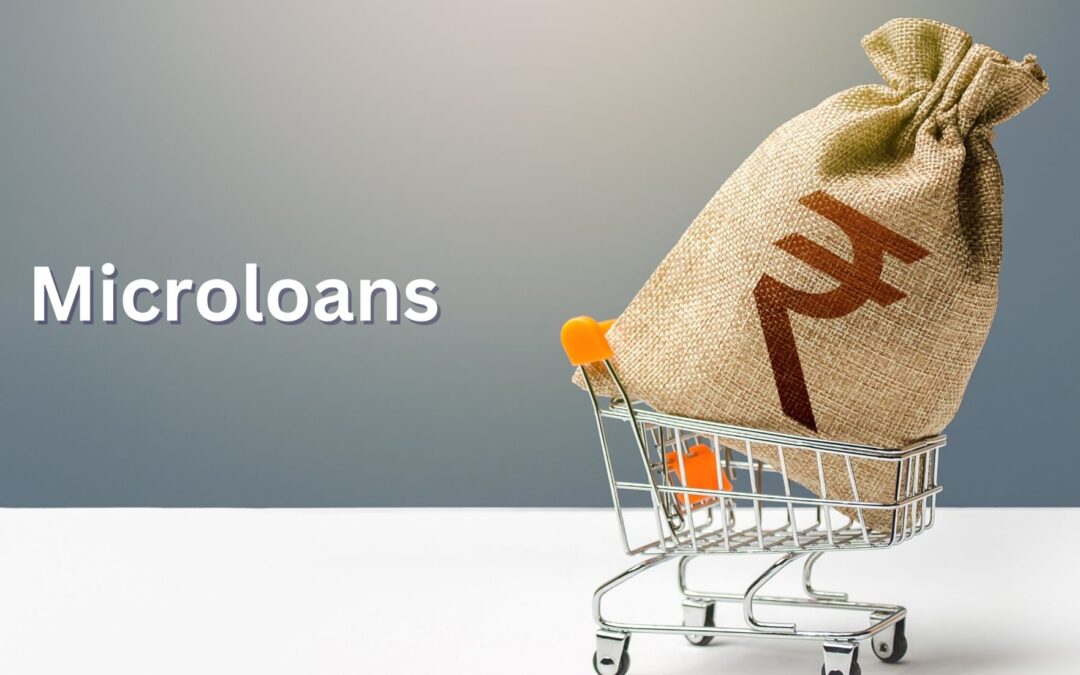In an era where financial inclusion is pivotal, microloans have emerged as a game-changer. This article delves into the vibrant world of microloans, exploring their rising popularity and the profound impact they have on individuals and communities alike.
Do you want to save in digital gold? Download the Jar App now.
The Growing Popularity of Microloans
Microloans: A Catalyst for Financial Inclusion
They are not just small sums of money; they represent a powerful tool for financial inclusion. These loans, often disbursed to entrepreneurs in developing regions, enable individuals to kickstart businesses, fostering economic growth.
Navigating the Landscape: How Microloans Work
Understanding the dynamics of microloans is crucial. From application to repayment, the process is tailored to empower borrowers. The simplicity of the application coupled with flexible repayment terms makes them accessible to a broader audience.
The Ripple Effect: Community Empowerment
One of the remarkable aspects contributing to the growing popularity of microloans is their ability to create a ripple effect. As individuals thrive, communities flourish, breaking the cycle of poverty and paving the way for sustainable development.
Microloans vs. Traditional Banking: Bridging the Gap
Traditional banking can be a hurdle for many, especially in underserved communities. These loans bridge this gap, offering a financial lifeline to those who would otherwise be excluded from the formal banking sector.
Microloans in Developing Economies: A Driving Force
In developing economies, these act as a driving force, propelling local businesses and fostering economic independence. The adaptability of these loans to diverse entrepreneurial ventures contributes to their widespread adoption.
Conclusion
The growing popularity of microloans signifies a shift towards a more inclusive and sustainable financial landscape. As we witness the transformative power of such loans in empowering individuals and communities, it becomes evident that these small financial tools carry the potential to make a significant difference in the world.
Frequently Asked Questions
What makes microloans different from traditional loans?
They differ in scale and accessibility. Traditional loans are often larger and may have stringent criteria, excluding many individuals. Microloans, on the other hand, are smaller in amount and designed to be more inclusive, particularly for budding entrepreneurs.
Can anyone apply for a microloan?
Yes, they are designed to be inclusive. While eligibility criteria exist, they are generally more flexible than traditional loans. Many such programs prioritize individuals with entrepreneurial aspirations, irrespective of their financial background.
How do these loans impact local communities?
They have a profound impact on local communities by fostering economic growth and empowering individuals. As businesses thrive, they contribute to job creation and overall community development.
Are microloans only for small businesses?
While they are commonly associated with small businesses, they can also support various ventures, including agricultural initiatives and community projects. The versatility of microloans makes them adaptable to different entrepreneurial endeavors.
What challenges do the borrowers face?
Microloan borrowers may encounter challenges such as high-interest rates and limited loan amounts. However, the positive impact on business growth and community development often outweighs these challenges.
How can microloans be accessed in underserved regions?
Various microfinance institutions and non-governmental organizations actively work to provide these loans in underserved regions. These organizations play a crucial role in ensuring financial inclusion and empowerment.

